Last updated on 2025-10-29
A review and sample photos of a Leica Minilux’s Summarit 40mm F2.4 lens, which was modified by Ms-Optics to an M-mount, used on a digital rangefinder camera and a mirrorless camera.
- Please see the disclaimer regarding advertising here.
- Italicized links in the text are advertisement links that take you to other sites.
Table of contents
Gallery
The following cameras were used to take the sample photos.
- LEICA M10
- LEICA M-P Typ240
- LEICA M8
- LEICA T typ701
- Panasonic LUMIX GM5
- 写真はクリックして拡大可能
Review
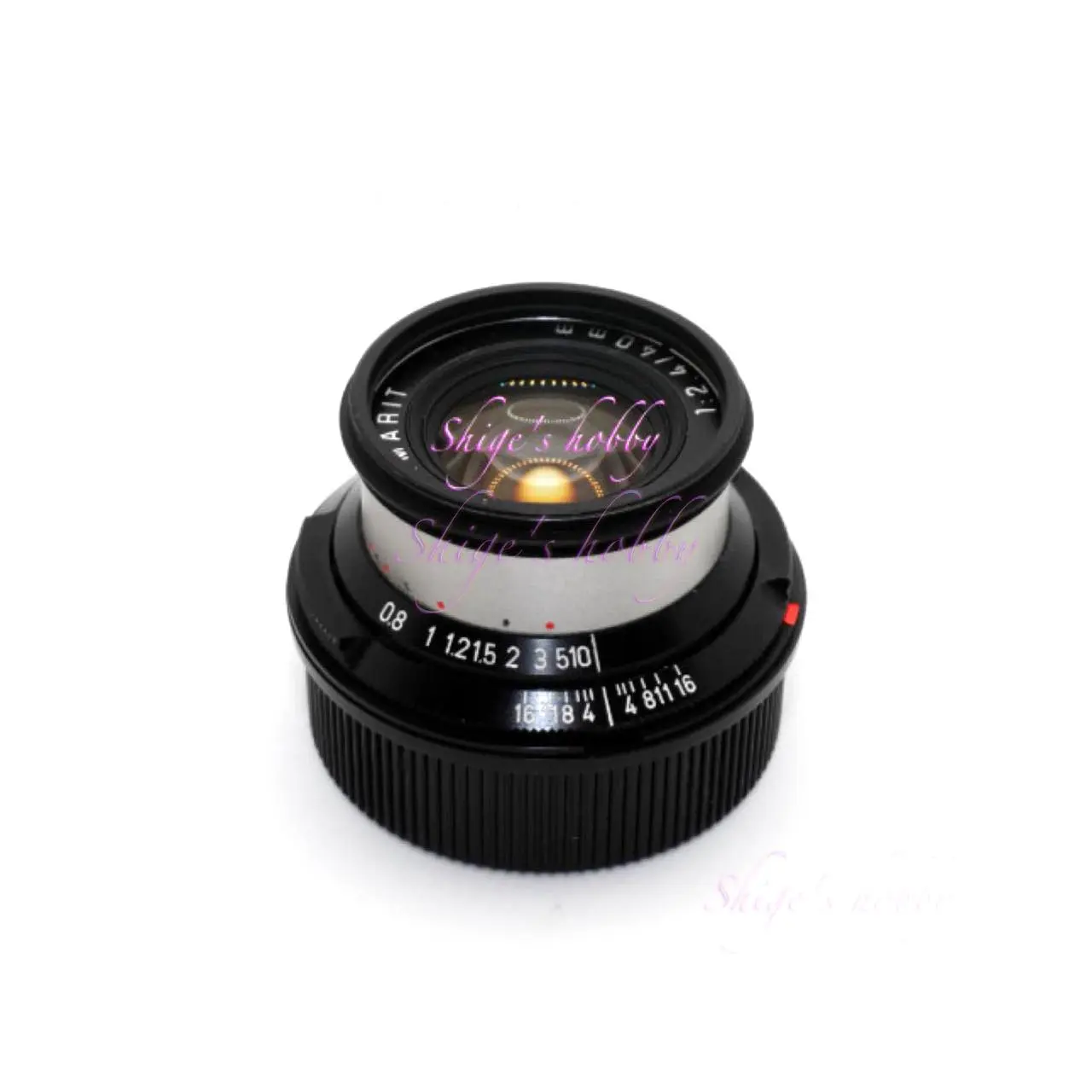
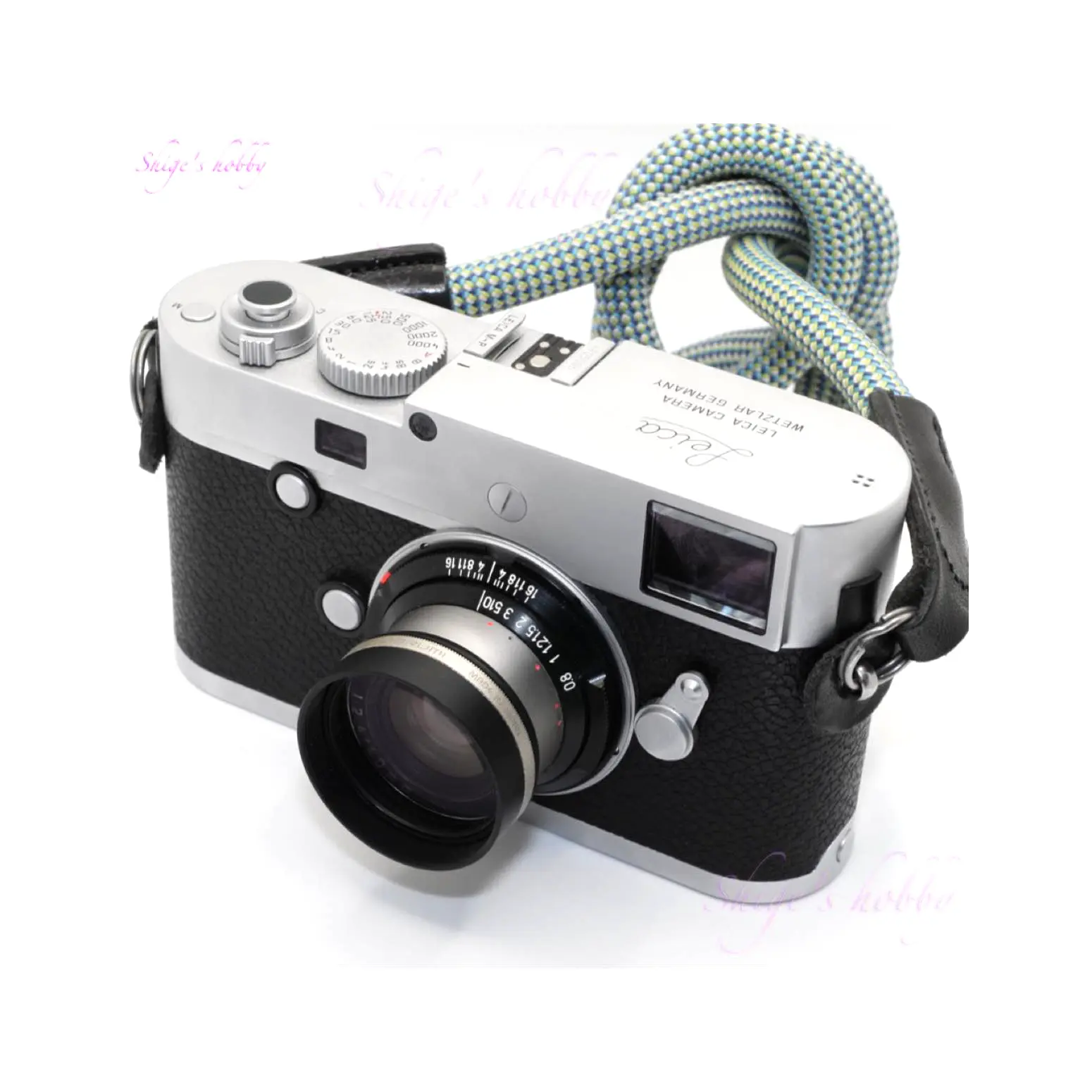
1.Overview
The Summarit 40mm is a modified lens made by removing the lens from the Leica Minilux compact film camera with Ms-optics and attaching it to the M-mount helicoid MS-35 made by Ms-optics.
The M-mount helicoid MS-35 is a common helicoid for lenses with a focal length of around 35mm, and is adjusted during modification to allow focusing by double image alignment at a focal length of 40mm in conjunction with the rangefinder of an M-type rangefinder camera.
The lens barrel uses the original barrel as is, and the rear of the barrel is equipped with 12 aperture springs, a mechanism for changing them, and a focus ring for adjusting the focus position. This helicoid made by Ms-optics is a rational design that is versatile enough to convert various lenses into M-mounts.
The viewfinder frame shows a 35mm frame. The focal length of 40mm can be used without any problems as long as you are aware that it is inside the 35mm viewfinder frame.
At the suggestion of the modder, Mr. Miyazaki, a 37mm diameter, 0.5mm pitch groove part is attached to the tip of the lens for screwing a hood in. From the perspective of the lens, it would be better without this part, but it is reassuring to have it attached to prevent scratches on the front element.
2.Usability
The image quality of the SUMMARIT 40mm F2.4 is superb, unlike what you’d expect from a compact camera lens. The resolution in the center is excellent, truly worthy of the Leica Sumarit name.
Because it’s a relatively new lens from 1995, it benefits from improved coating technology, resulting in good resistance to backlighting. It performs well even in situations where an older, degraded SUMMICRON C 40mm would exhibit flare.
The Minilux compact camera itself cost tens of thousands of yen when I bought it. However, in 2023, the price has increased significantly, making it prohibitively expensive. With film prices also rising, I wonder who is buying and using these cameras now? Considering the price increase, it might have been better to just keep the original camera, but since I converted it to an M-mount, I can now use it with various cameras, so I’ll consider it a good thing.
The lens I own features the latest version of the helicoid from Ms-Optics (Miyazaki Optics), making it easy to attach and detach. While a CONTAX G 35mm M-mount modified lens with the same focal length uses an older version of the MS helicoid, making it difficult to grip and attach/detach, this lens has an improved attachment mechanism, making it much easier to handle.
Both the LEICA M10 and LEICA M-P typ240, equipped with a 35mm full-frame sensor, are digital rangefinder cameras with 24 megapixels, and this lens provides sufficient resolution for 24 megapixels even at its widest aperture.
Furthermore, the image circle is wide enough to cover the medium format digital sensor described later, and there is ample margin for 35mm film format.
The LEICA M8, equipped with an APS-H size sensor, has a smaller sensor size than 35mm film format, so the actual shooting focal length is equivalent to 40mm * 1.33 = 53mm.
Looking at the shooting results, because of the smaller sensor size, the peripheral areas are cropped compared to images shot with 35mm film format, and only the so-called “sweet spot” of the lens is used, resulting in seemingly higher resolution compared to 35mm film format images. With this sensor size, the unique characteristics of the lens can also be appreciated.
The Leica M8 lacks a 40mm viewfinder frame for 35mm film format, so when shooting, I use either the 35mm or 50mm viewfinder as a substitute. While there is the option of using an external 50mm viewfinder, I don’t use it because having to adjust focus and composition separately feels inconvenient.
As an example of images taken with a camera equipped with an APS-C size sensor, I used the LEICA T typ701. Because this camera has a smaller sensor size than 35mm film, the actual shooting focal length is equivalent to 40mm * 1.5 = 60mm.
The resulting images from this camera forcibly crop even more of the peripheral area than those from an APS-H size sensor, so while the images have high resolution, the unique characteristics of the lens are lost.
Micro Four Thirds sensor camera
The sensor size is smaller than an APS-C sensor, and the actual shooting focal length is equivalent to an 80mm focal length (28mm * 2).
This focal length falls into the category of a medium telephoto lens, and the shooting experience is different from when using a 35mm film camera. Furthermore, since 75% of the peripheral area of the 35mm film frame is discarded, the unique characteristics of the lens are largely lost.
Medium format digital sensor camera
The Hasselblad X2D-100C is a mirrorless camera equipped with a 100-megapixel 44mm x 33mm medium format digital sensor. The equivalent focal length in 35mm film format is 40mm * 0.8 = 32mm, making it a wide-angle lens.
Despite being a lens originally designed for a compact camera, the image circle is wide, and there is only slight vignetting in the corners, almost completely covering the medium format digital sensor. Stopping down the aperture slightly improves the vignetting and sharpens the image quality, making it usable as a 32mm wide-angle lens.

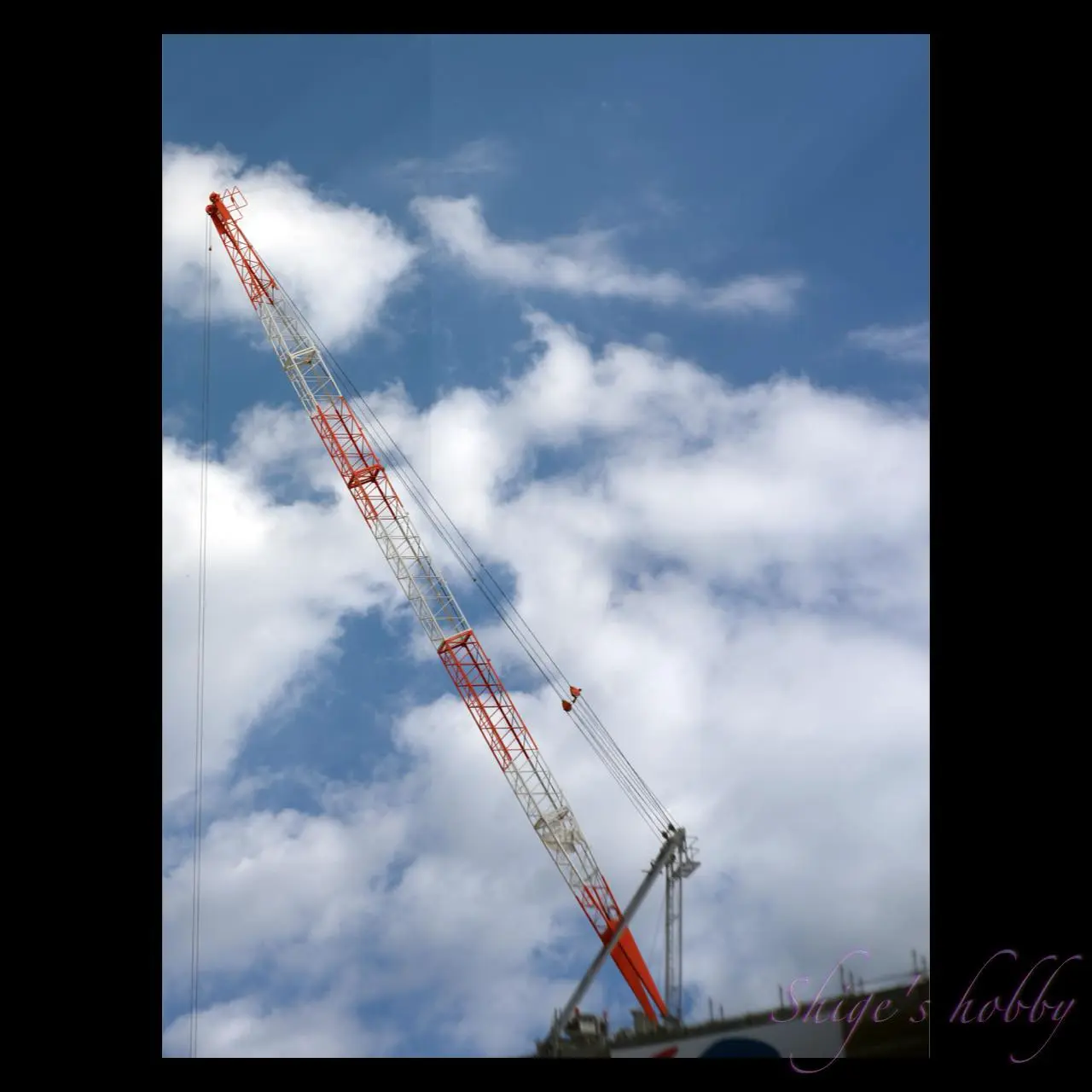
The Hasselblad X2D-100C is a camera that does not have a mechanical shutter, so it may experience rolling shutter distortion during shooting. The Fujifilm GFX series of mirrorless cameras, which also feature a medium format digital sensor, do have a mechanical shutter, making them a strong option for those who want to use M-mount lenses with a larger sensor.
3.Summary
In conclusion, to summarize the SUMMARIT 40mm F2.4 M-mount modification, the conversion to an M-mount with rangefinder coupling allows for focusing using the rangefinder’s double image coincidence method, making it usable with both film and digital rangefinder cameras. Furthermore, since M-mount adapters are available for most mirrorless cameras, the lens offers high versatility in terms of camera compatibility.
Although the original lens was designed for compact cameras, it has a wide image circle and can be used effectively even with medium format digital mirrorless cameras, and works without problems with 35mm film and 35mm full-frame sensor digital cameras.
Specifications, considerations, etc.
About the name Summarit
The Summilux 40mm F2.4 has almost the same lens configuration and diameter as the Summicron C 40mm (4 groups, 6 elements) for the LEICA CL (film camera) released in 1972, so it seems possible to use the Summicron F2.
Leica limited the maximum aperture to F2.4 and named it Summilux. Originally, Summilux was the name given to a bright 50mm standard lens with F1.5, so it is difficult to find a connection between Summilux and the MINILUX 40mm F2.4, and the reason for adopting the name is unclear.
The reason could be that to meet the Summicron specifications at an aperture of F2, the lens would have to be larger than it is now, which would interfere with the autofocus mechanism of the MINILUX? Or that there was hesitation to use the Summicron name for a compact camera?
The only reason that comes to mind for naming a 40mm F2.4 lens as Summilux is the correlation with the aperture value.
Considering the correlation of aperture values, the old Summarit’s maximum aperture of F1.5 is between the Summilux (F1.4) and Summicron (F2) and is therefore outside the normal naming rules.
The Minilux’s maximum aperture of F2.4 is also between the Elmarit (F2.8) and Elmar (F3.5~F4) and is therefore outside the lens naming rules. From this, it can be assumed that the unused lens name Summarit was reused.
When the Minilux was released, the Summar and Summitar with maximum apertures of F2 were also vacant, so it can be assumed that these lens names were avoided because they were strongly connected to the Summicron.
It is interesting to imagine the people and meetings that agonized over whether to give this lens a new name or stick with one of the previous names.
The Minilux’s Summarit was a revival of the name, so it felt a bit special among Leica lenses.
However, in 2007, the 35mm, 50mm, 75mm, and 90mm Summarit series was released, and the Summarit name became established for the lens line that filled the gap between the Summicron (F2) and Elmarit (F2.8) apertures.
Since then, the Summarit name has been used for lenses for the Leica S in 2011 as well, for lenses with apertures between the Summicron (F2) and Elmarit (F2.8).
| Leica S mount (medium format camera) | Leica M mount | |
| Focal length:35 | F2.5(2013) | F2.4(2014)/F2.5(2007) |
| Focal length:50 | – | F2.4(2014)/F2.5(2007) |
| Focal length:70 | F2.5(2012) | – |
| Focal length:75 | – | F2.4(2014)/F2.5(2007) |
| Focal length:90 | – | F2.4(2014)/F2.5(2007) |
| Focal length:120 | F2.5(2013) | – |
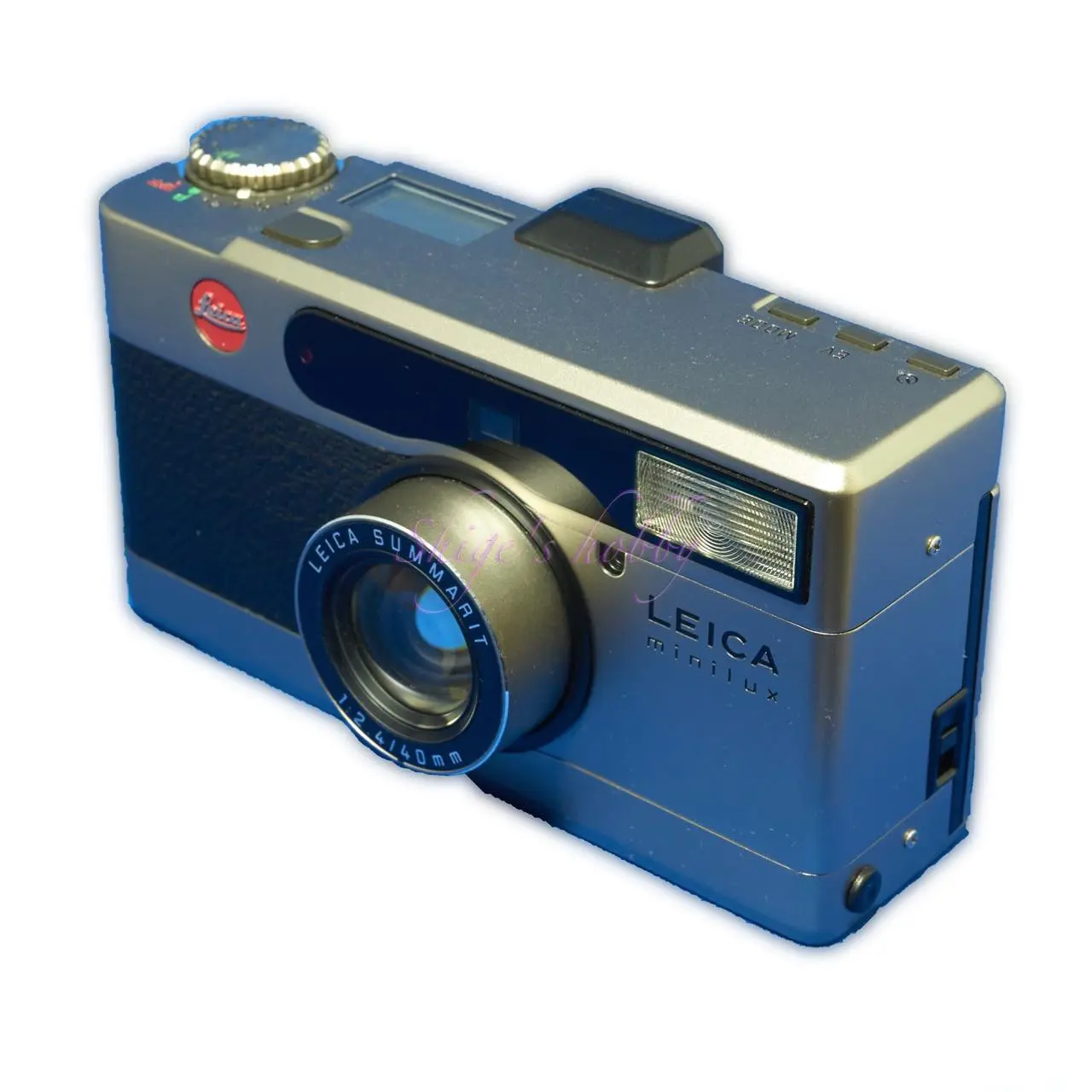
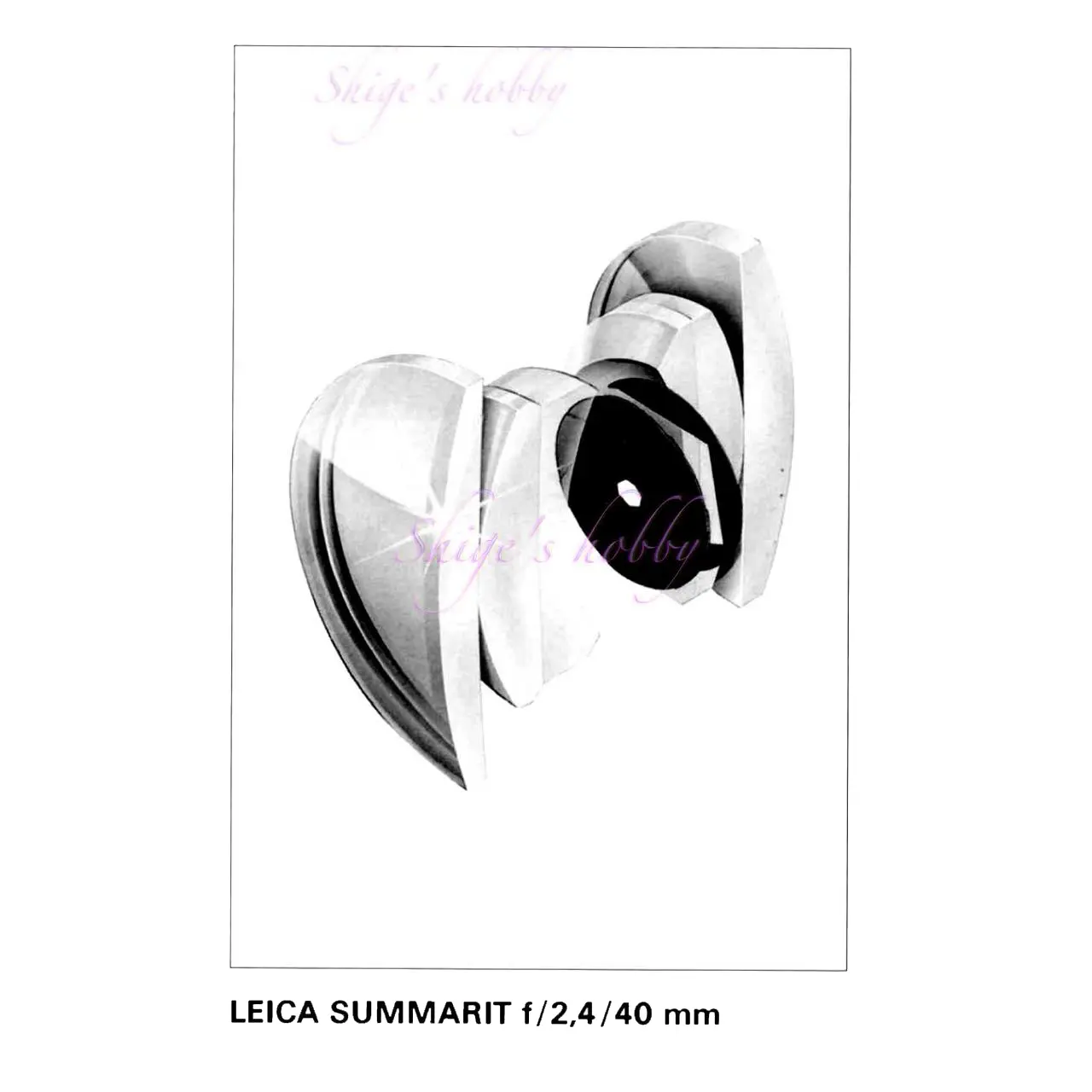
| Items | SUMMARIT | SUMMICRON-C |
| Focal length(mm) | 40 | 40 |
| Max aperture | 2.4 | 2 |
| Min aperture | 16 | ← |
| Lens Construction | 6elements in 4groups | 6elements in 4groups |
| Leaf blade | 12(Ms-Optics add) | ← |
| Min distance(m) | 0.8 | 0.8 |
| Lens length(mm) | 21 | 23.5 |
| Max diameter(mm) | 49 | 50 |
| Filter Size(mm) | 37 | 39 |
| Hood | Cylindrical screw-in hood | Wrapper type screw-in hood 12518 |
| Release date | 1995 | 1972 |
| Production numbers | 120,000(Minilux camera) | 54,350(Leica M lens) |
| Weight(g) | 54 | 120 |
Reference links
Affiliate links
- LEICA lens・Ads by Amazon
- Ms-optics・Ads by Amazon
- LEICA books Amazon・Ads by Amazon

Amazon Prime Sale
Update history
- 2025.10.28
- 2024.10.4
- 2024.02.16:Update article
- 2023.12.29:First draft


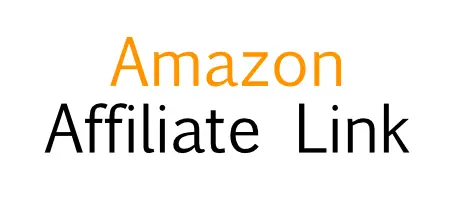
Be First to Comment